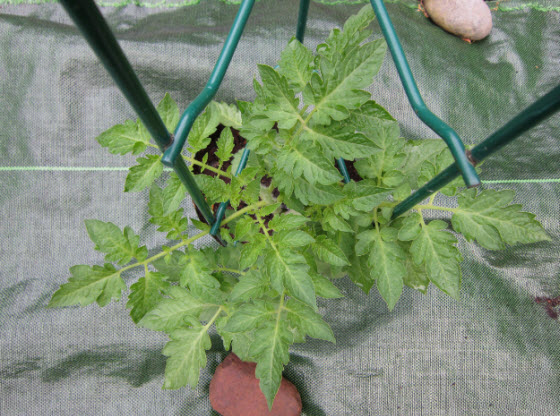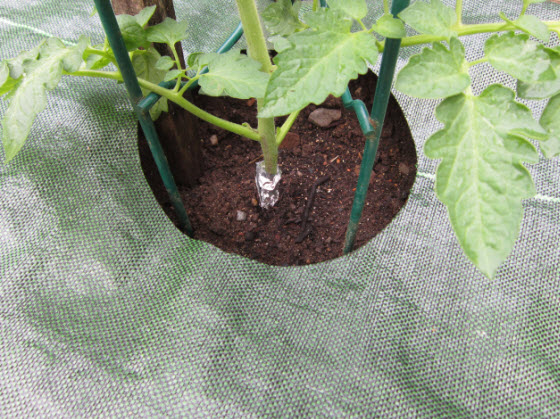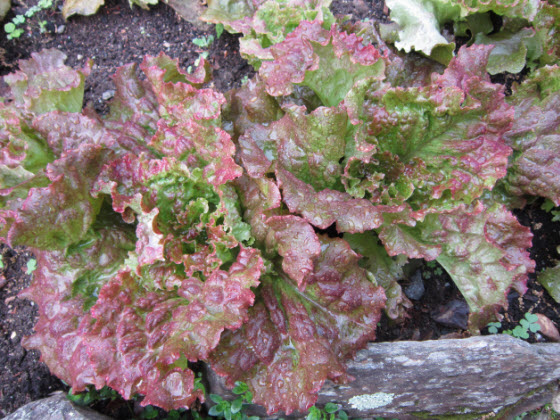Planting Tips and Tricks for Your Vegetable Garden
Photo Credit
Celeste Longacre
For daily wit & wisdom, sign up for the Almanac newsletter.
Whether you live in the South and are well into the vegetable gardening season or you live in northern regions and are finally starting to plant, I hope these planting tips will provide some timeless advice.
-
If you get frost in your area, tomatoes, peppers, basil, cucumbers, eggplant, okra, paprika and summer and winter squash are all very sensitive to frost (for a free complete list to download, go to my website at: www.celestelongacre.com). In my northern climate, I started planting the frost-hardy vegetables in mid-April; the tender ones went into the ground after Memorial Day once the weather warmed up.
-
Soil preparation is critical. You want your plants to have all of the nutrients that they will need to thrive and give you lots of good vegetables so adding soil amendments is a good idea. If you can, have your garden dirt tested. This is the best way to find out what you already have and what is missing. In general, though, adding such things as kelp meal and organic alfalfa meal is helpful along with a good source of humus (old manure or compost).
-
I don’t rototill or turn my beds. Many believe that the best way to farm is to mimic nature. I place my amendments on top of the ground and use a broad fork or a pitchfork to gently loosen the soil. This preserves the integrity of the earthworms who will till the beds for me.
-
Seeds should be planted about twice as deep as they are thick. If you are buying plants at the local nursery, ask how deep to plant them. Tomatoes can be buried as deep as they will go where other things like peppers should remain at their same level.
-
I like to mulch larger plants like tomatoes and squashes. Kelp is ideal, but most of us don’t live near the ocean. Be careful of straw because much of it isn’t organic. There are several versions of planter’s paper (a covering that will biodegrade by the end of the season). This year, I am trying out Garden Mats which are supposed to last for ten years.

-
We have a problem with cutworms in our garden. These are small worms that live under the soil. They come up at night and take one bite out of a plant right where it goes into the ground—thereby killing the whole thing. They then disappear back into the soil. So I put a cutworm collar on all of my transplants. This is a piece of aluminum around the stem that comes about an inch above the ground and an inch below.

-
Lettuce is a favorite at our house, but it tends to get bitter as it ages. So I plant it about every two weeks. I started a few plants about six weeks ago in my garden window and moved them out in April.

I planted more in mid-April.

I planted more in early May.

I planted more a few days ago but they are not up yet. Red lettuce has more phytonutrients than green and leaves that are exposed to the Sun have more antioxidants than closed-head lettuce.
I hope this advice is helpful. I have learned so much about how to garden over the years and enjoy sharing my little lessons along the way.
Happy gardening!
About The Author
Celeste Longacre
Celeste is The Old Farmer's Almanac astrologer. She has also been growing virtually all of her family’s vegetables for the entire year for over 30 years.
Read More from Celeste Longacre















